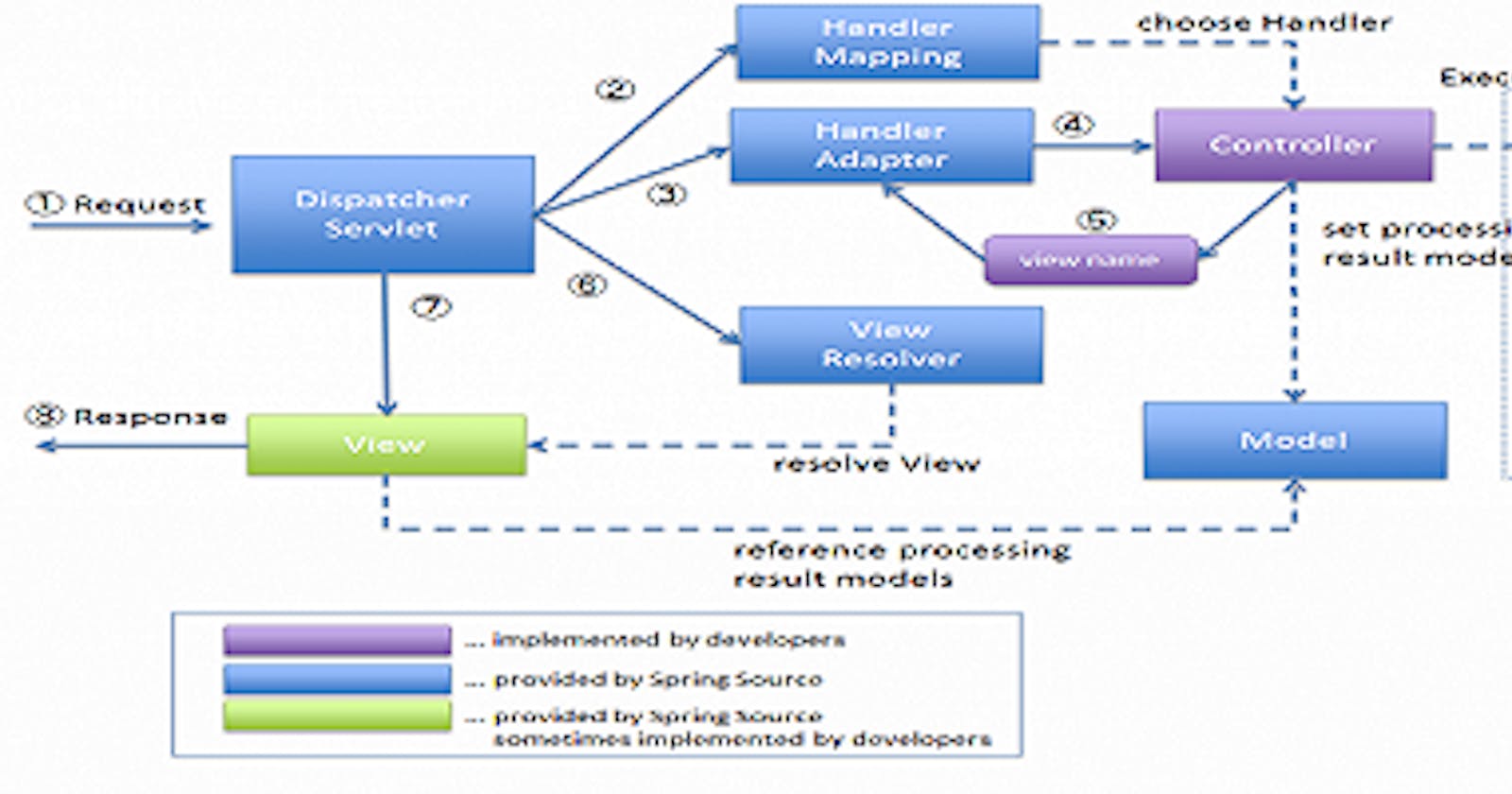Maximizing the Benefits of Spring Boot MVC Architecture: Best Practices and Key Tips
Spring Boot MVC architecture has become a popular choice for developing modern web applications. It offers numerous benefits, such as scalability, ease of development, and robustness. To maximize these advantages, it is important to understand the best practices and key tips for implementing this architecture. By doing so, developers can create powerful, efficient applications that are ideal for both clients and end users.
1. Introduction to Spring Boot MVC Architecture
When it comes to building robust web applications, Spring Boot MVC is a popular framework that developers rely on. It is a powerful tool that helps simplify the development process and optimize performance. In this introduction to Spring Boot MVC architecture, we will explore the basic concepts of Spring Boot and how it can be used to build web applications. Spring Boot MVC is built on top of the popular Spring framework and provides a simplified approach to building web applications. It uses the Model-View-Controller (MVC) architecture, which separates the application into three components: the model, the view, and the controller. The model represents the data, the view represents the user interface, and the controller handles the logic between the model and the view. With Spring Boot MVC, developers can easily create web applications that are scalable, maintainable, and easy to test. By following best practices and key tips, developers can maximize the benefits of Spring Boot MVC architecture and create high-performing web applications that meet the needs of their users.
2. Benefits of Using Spring Boot MVC Architecture
One of the biggest benefits of using Spring Boot MVC architecture is the ease of development it offers. With Spring Boot, developers can quickly create web applications without configuring multiple components. This is because Spring Boot comes with a pre-configured set of dependencies, which allows developers to focus on writing code rather than setting up the environment. Additionally, Spring Boot MVC architecture promotes modularity, making it easier to maintain and scale applications. Developers can easily divide their applications into smaller modules, each with specific functionalities, making it easier to debug and deploy. Another benefit of using Spring Boot MVC architecture is its flexibility. It supports multiple view technologies, including Thymeleaf, JSP, and Mustache, among others. This means developers can choose the view technology that best suits their needs. Overall, Spring Boot MVC architecture is a powerful tool that can help developers maximize the benefits of Spring Boot, streamline development, and create scalable applications.
3. Best Practices for Maximizing the Benefits of Spring Boot MVC Architecture
When it comes to maximizing the benefits of Spring Boot MVC architecture, there are several best practices that developers should keep in mind. First and foremost, it is important to ensure that your code is organized and modular. This means breaking your code down into smaller, more manageable components that can be easily reused and maintained. Additionally, it is important to make use of dependency injection to keep your code flexible and easy to modify. Another best practice is to make use of caching and other performance optimizations to ensure that your application runs smoothly and efficiently. Finally, it is important to make use of testing and debugging tools to catch any issues before they become major problems. By following these best practices, developers can ensure that their Spring Boot MVC applications are robust, efficient, and easy to maintain over time.
4. Key Tips for Implementing and Utilizing Spring Boot MVC Architecture
To fully utilize the benefits of Spring Boot MVC architecture, it is important to follow some key tips during implementation. First and foremost, it is crucial to plan out the structure and design of the application beforehand. This includes identifying the necessary components, such as controllers, models, and views, and determining how they will interact with each other. Additionally, it is recommended to use annotations for mapping URLs to controllers and for defining request and response types. Another important tip is to utilize dependency injection to improve the scalability and maintainability of the application. This can be achieved through the use of Spring's built-in dependency injection framework. It is also advisable to keep the code modular and well-organized, with a clear separation of concerns between different components. Finally, it is essential to thoroughly test the application to ensure that it is functioning correctly and to catch any potential issues early on. By following these key tips, developers can maximize the benefits of Spring Boot MVC architecture and create robust, scalable, and maintainable applications.
5. Conclusion
In conclusion, the Spring Boot MVC architecture is a powerful tool for building robust and scalable web applications. By following the best practices and key tips outlined in this article, developers can maximize the benefits of this architecture and create high-quality applications that meet the needs of their users. It is important to keep in mind the importance of modularization, clean code, and testing in order to ensure that your application is maintainable and adaptable to changing requirements. Additionally, leveraging the power of Spring Boot's built-in features, such as auto-configuration and dependency injection, can greatly simplify the development process and reduce the risk of errors. Overall, by following these best practices and keeping a focus on clean code and maintainability, developers can unlock the full potential of the Spring Boot MVC architecture and create applications that are both efficient and effective.
